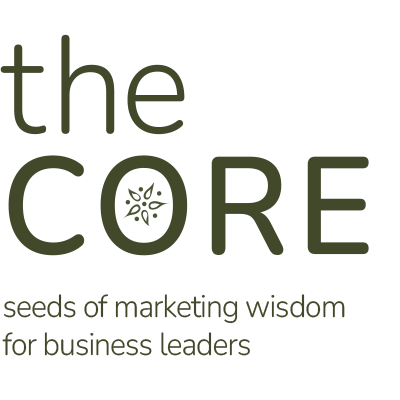Becoming a “thought leader” is an elusive goal that many business leaders and executives strive for. While some people may think of it as just another marketing buzzword, the reality of having a positive reputation for helping others with your knowledge and insight is important for every business leader.
We’ve been sharing content on thought leadership for years. The channels might have changed, but the opportunity to become a thought leader in your industry is just as possible today.
Can Anyone Become a Thought Leader?
Before we dive into how to become a thought leader, let’s address a common misconception we hear from people: “I don’t have the time or connections to become a thought leader in the industry.”
While becoming a thought leader takes time and intentionality, the reality is that anyone can become a thought leader in their specific industry or niche. All you need is a willingness to do the work of codifying what you know and have the patience to build momentum over time.
4 Best Practices to Become a Thought Leader in Your Industry
So how do you become a thought leader? Here are a few simple best practices we encourage our clients to consider:
- Stick with Your Message
The most effective thought leaders are known because they stick to a specific message. This makes it easier for people to discern what they do and why they’re doing it. Think about the key message you want to share, one that you would want to maintain as a consistent plumbline over the years. If you’re having trouble determining your unique message, you might want to consider the next point.
- Discern Your Niche
While you’re thinking about your brand, finish this sentence: The kind of presence I want to have when helping others is ____________________. The thought leaders who make the greatest impact are those who are committed to helping others achieve their goals. Think about what makes you unique and how you can leverage that as you develop your platform.
What’s your unique personality? Are you a generous encourager who wants to champion people in their work? Or are you a disrupter of the status quo who loves to challenge assumptions?
Are you better at providing long, drawn-out explanations? Or are you good at creating quick one-liners that get people thinking? Would you be open to speaking in public, or do you shrink at the idea?
Understanding your unique gifts and strengths will help you determine the way you build your thought leadership platform.
- Choose the Right Platform
If you want to get the most out of your thought leadership content, it’s important to consider how your audience consumes what you share. To create the greatest impact, you need to meet your audience on the channels they use (social, email, etc.) with the type of content they prefer (written, audio, video). Don’t be afraid to use a mix of platforms and content types as you’re discerning this. The level of engagement you see can help you discern where your audience is and how they prefer to interact with your brand.
- Share Genuine, Authentic Reflections
The thought leaders we celebrate most aren’t the ones who know it all, but the ones who show us they’re human and that they care. As you consider what to share, don’t be afraid to show your humanity by highlighting mistakes you’ve made and lessons you’ve learned.
- Embrace (Effective) Storytelling
Storytelling should be at the heart of every piece of thought leadership content you create. Telling a story engages your audience by giving them a specific example with measurable stakes. Stories also help your audience understand how your company’s products and services could help them solve a problem. It’s important to tell stories your customers actually want to hear. If your audience can’t see themselves in your brand’s story, it won’t resonate with them.
Position Your Brand as An Industry Leader
When it comes to becoming a thought leader, there isn’t a one-size-fits-all approach. However, these tips will help you develop a strategy you can use to reach more people. Any effort will be worth it as it gives you a chance to help others, build your audience and grow your business. For more help positioning your brand as an industry leader, reach out to us to schedule a strategy session.












